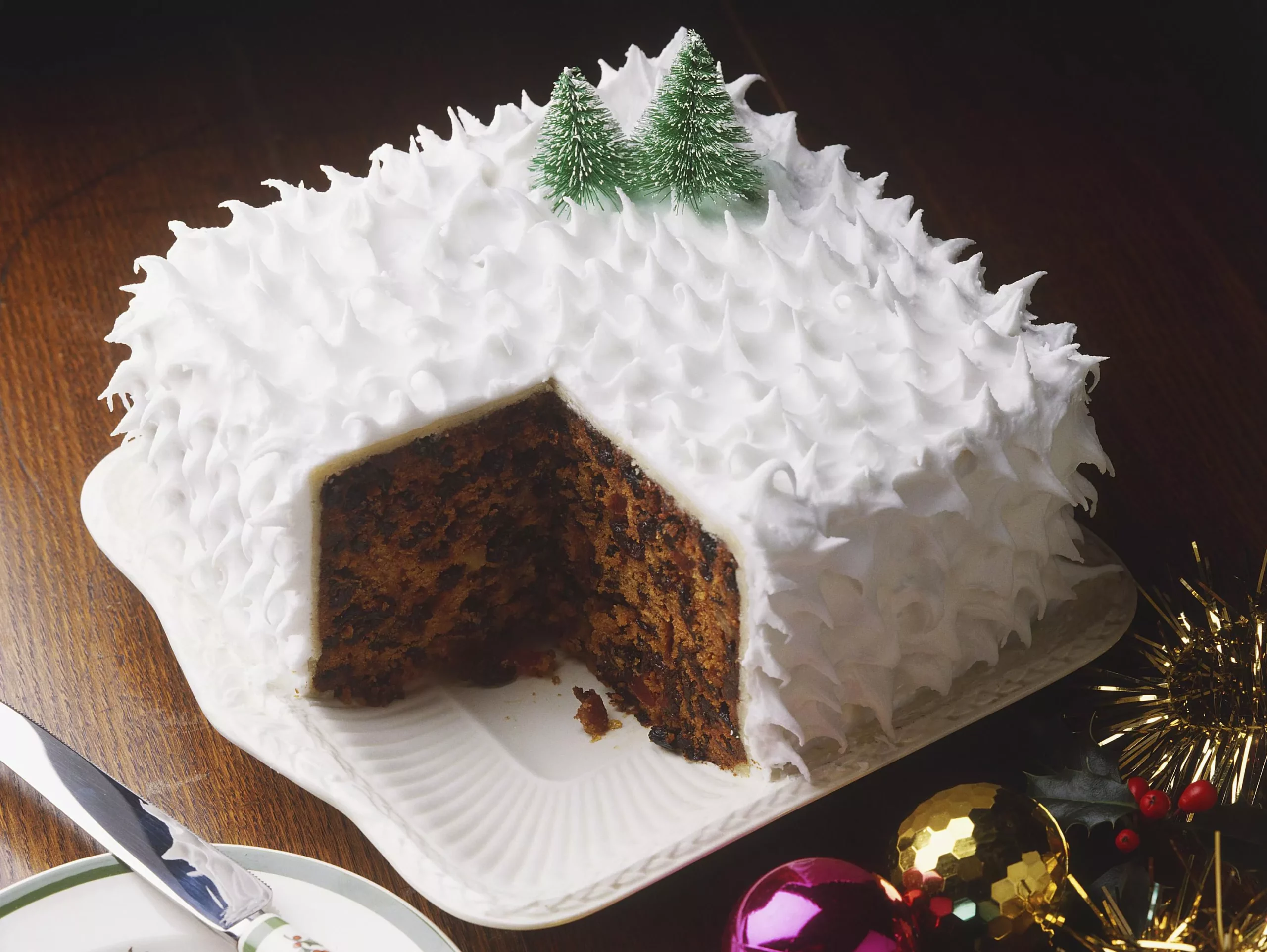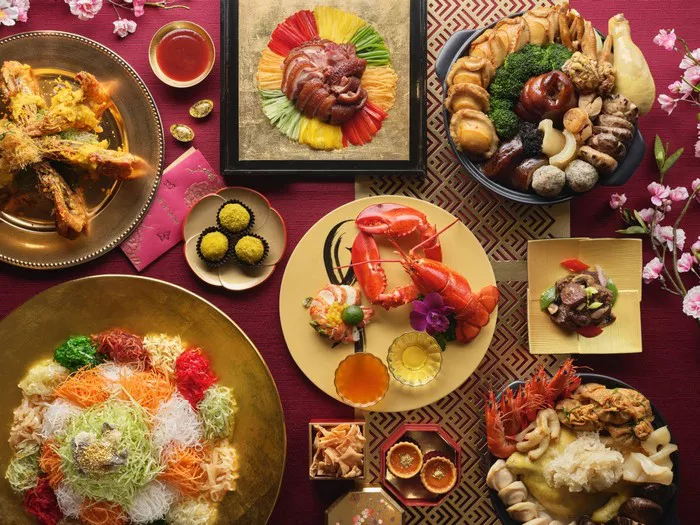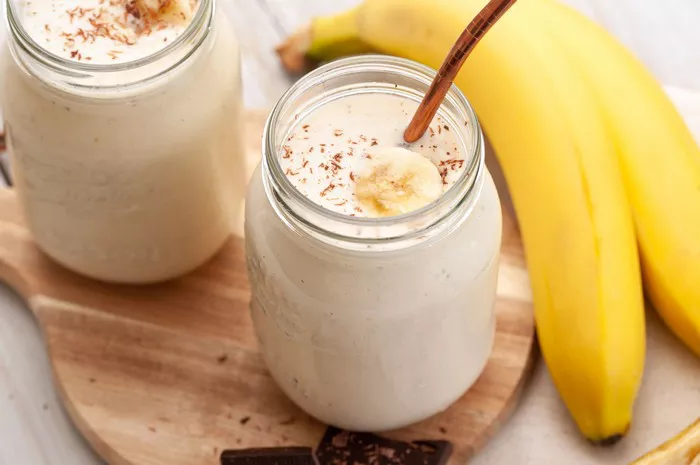When the festive season approaches, the British Isles come alive with the warm glow of Christmas lights, the harmonious voices of carolers, and the comforting aroma of a British Christmas cake wafting through homes. The Christmas cake, an iconic symbol of Yuletide celebrations, has been a cherished part of British culture for centuries. In this article, we will delve into the rich history and cultural significance of the British Christmas cake, exploring its ingredients, preparation, and the traditions associated with it. Join us as we embark on a delectable journey to uncover what makes a British Christmas cake so special.
The Origins of Christmas Cake
To truly understand the essence of a British Christmas cake, one must first delve into its historical roots. The concept of a Christmas cake as we know it today can be traced back to medieval England, where it evolved from a variety of customs and culinary influences. The cake’s evolution is deeply intertwined with the evolution of Christmas itself.
During the medieval period, Christmas was celebrated quite differently from modern times. The focus was primarily on feasting and merrymaking, with extravagant banquets being the centerpiece of the celebrations. At these feasts, a wide variety of sweet and savory dishes would be served, and it was common to include dried fruits and spices in many of these recipes.
Over time, the tradition of baking a special cake for Christmas became more prevalent. These early Christmas cakes were often called “plum cakes,” which referred to the generous inclusion of dried fruits, or “Twelfth Night cakes” since they were often consumed on the Twelfth Night of Christmas. These cakes would typically be enriched with honey, spices, and dried fruits, a precursor to the ingredients we associate with the modern British Christmas cake.
The concept of decorating a Christmas cake also began to take shape during this period. Initially, the decorations were simple, consisting of holly and other seasonal greens. However, as sugar became more widely available and affordable, intricate icing designs started to appear, setting the stage for the elaborately decorated Christmas cakes we know today.
The Ingredients of a Christmas Cake
One of the defining features of a British Christmas cake is its distinctive blend of ingredients. These ingredients come together to create a rich, moist, and flavorful cake that is uniquely suited to the holiday season. Let’s take a closer look at the key components of a traditional Christmas cake.
Dried Fruits: At the heart of a Christmas cake are an assortment of dried fruits, which give the cake its signature sweetness and chewy texture. Common fruits used include raisins, sultanas, currants, candied peel, and chopped dates. These fruits are often soaked in alcohol, such as brandy or rum, to plump them up and infuse the cake with a delightful boozy flavor.
Spices: Aromatic spices play a pivotal role in the flavor profile of a Christmas cake. Cinnamon, nutmeg, allspice, and cloves are frequently used to infuse the cake with warm and festive notes. These spices also contribute to the cake’s rich, Christmassy aroma.
Nuts: Chopped nuts, such as almonds or walnuts, add a delightful crunch and nutty flavor to the cake. They are often included in the cake batter and may also be used as a decorative topping.
Flour and Butter: The cake’s structure comes from a blend of flour and butter. The butter adds richness and moisture to the cake, while the flour provides the necessary structure to hold the other ingredients together.
Sweeteners: Traditional Christmas cakes are sweetened with a combination of brown sugar, treacle, or molasses. These sweeteners contribute to the cake’s dark, caramelized color and deep flavor.
Eggs: Eggs act as a binding agent and contribute to the cake’s moist texture. They are a crucial component of any Christmas cake recipe.
Alcohol: Many Christmas cake recipes call for the use of alcohol, both in soaking the dried fruits and in feeding the cake over time. This not only enhances the flavor but also acts as a preservative, allowing the cake to be stored for an extended period.
Marzipan and Icing: The finishing touches on a British Christmas cake are marzipan and icing. Marzipan is rolled out and used to cover the cake as a smooth layer before applying a layer of royal icing. These layers are often decorated with intricate designs, festive shapes, or personalized messages.
Preparing a Christmas Cake
The preparation of a Christmas cake is a labor of love, often starting weeks or even months before the actual celebration. Here’s an overview of the step-by-step process involved in making a traditional British Christmas cake.
Soaking the Fruits: Several weeks before baking the cake, the dried fruits are soaked in alcohol. This not only plumps up the fruits but also infuses them with a rich, boozy flavor. The fruits are typically soaked in a sealed container and shaken periodically to distribute the alcohol evenly.
Assembling Ingredients: Once the fruits are adequately soaked, the remaining ingredients are gathered and measured. The spices are mixed into the flour, and the nuts are chopped to the desired size.
Creaming Butter and Sugar: In a large mixing bowl, softened butter and brown sugar are creamed together until light and fluffy. This process helps incorporate air into the mixture and ensures a tender crumb in the finished cake.
Adding Eggs: Eggs are added to the butter and sugar mixture one at a time, with each egg being fully incorporated before adding the next. This prevents the mixture from curdling.
Incorporating Dry Ingredients: The flour-spice mixture is gradually added to the wet ingredients, and the mixture is folded together until just combined. Care is taken not to overmix, as this can lead to a dense cake.
Adding Fruits and Alcohol: The soaked dried fruits, along with any remaining alcohol from the soaking process, are added to the cake batter. These are gently folded in until evenly distributed.
Baking the Cake: The prepared cake batter is transferred to a lined and greased cake tin. The cake is typically baked at a low temperature, allowing it to cook slowly and evenly. This slow baking process helps the cake retain its moisture.
Feeding the Cake: After the cake has cooled, it is often “fed” with additional alcohol by poking holes in the top with a skewer and drizzling a small amount of alcohol over the surface. This process is repeated at regular intervals leading up to Christmas, ensuring that the cake remains moist and flavorful.
Marzipan and Icing: A few days before Christmas, the cake is covered with a layer of marzipan and then topped with royal icing. The marzipan provides a smooth, sweet base, while the royal icing can be shaped and decorated to suit the occasion.
Decorating: The final step is the creative decoration of the Christmas cake. Some choose to keep it simple with holly leaves and berries, while others create intricate designs or personalized messages. The possibilities are limited only by one’s imagination.
Christmas Cake Traditions
The making and sharing of a Christmas cake are steeped in tradition and symbolism in the United Kingdom. These traditions have evolved over the years and continue to hold significance in modern celebrations.
Stir-Up Sunday: In the Christian calendar, the last Sunday before Advent is known as “Stir-Up Sunday.” This tradition harks back to the Victorian era when families would gather to stir the Christmas pudding mixture and make a wish. The term “Stir-Up” comes from the opening words of the Collect for the day in the Book of Common Prayer, which begins with “Stir up, we beseech thee, O Lord.” Today, this tradition often extends to the making of Christmas cakes, with family members taking turns to stir the cake mixture and make wishes.
Making a Wish: It’s a common tradition for each member of the family to take a turn stirring the Christmas cake mixture while making a secret wish. This act of stirring symbolizes unity and goodwill within the family.
Decorating: The decoration of the Christmas cake is a highly anticipated event. Some families have heirloom cake toppers or ornaments that are placed on the cake year after year. Others take the opportunity to get creative and design elaborate icing decorations, often featuring snowflakes, angels, or nativity scenes.
Cake Cutting: The cutting of the Christmas cake is a ceremonial moment. It’s customary for the head of the household to make the first cut, followed by the other family members. The first slice is often reserved for Santa Claus or, in some traditions, for good luck in the coming year.
Feeding the Cake: As mentioned earlier, feeding the Christmas cake with alcohol is a tradition that helps preserve the cake and intensify its flavors. It’s also a way of sharing a bit of the holiday spirit with friends and family. Some people choose to feed the cake with alcohol every week in the run-up to Christmas, while others do it just a few times.
Gifting: Christmas cakes are often made in advance and given as gifts to friends, neighbors, and colleagues. This act of sharing symbolizes goodwill and community spirit during the holiday season.
Saving a Slice: It’s customary to save a slice of the Christmas cake to be eaten on the following year’s Christmas Day. This tradition is believed to bring good luck and prosperity to the household.
Regional Variations
While the basic concept of a British Christmas cake remains consistent across the United Kingdom, there are some regional variations and preferences when it comes to the ingredients and decorations. Here are a few notable examples:
Scottish Fruitcake: In Scotland, a Christmas cake is often referred to as a “Dundee cake.” It typically contains almonds and has a distinctive top decoration of concentric circles of whole almonds.
Welsh Christmas Cake: In Wales, a traditional Christmas cake might be known as a “Bara Brith,” a fruitcake that includes tea-soaked dried fruits. It is sometimes made without icing, with a dusting of powdered sugar as a simple decoration.
Northern Ireland: In Northern Ireland, a popular Christmas cake variation is the “porter cake.” This rich fruitcake is made with Irish stout beer, giving it a unique flavor.
Regional Decorations: Depending on the region, you might find local variations in cake decorations. For instance, in Yorkshire, it’s common to use a lattice pattern for the icing, while in other regions, piped royal icing may take on more elaborate forms.
Conclusion
In the heart of British Christmas traditions, the Christmas cake stands as a symbol of love, unity, and celebration. Its origins can be traced back to medieval times, and its evolution has been shaped by centuries of customs and cultural influences. The carefully chosen blend of dried fruits, spices, and other ingredients create a cake that is rich in flavor and steeped in tradition.




















